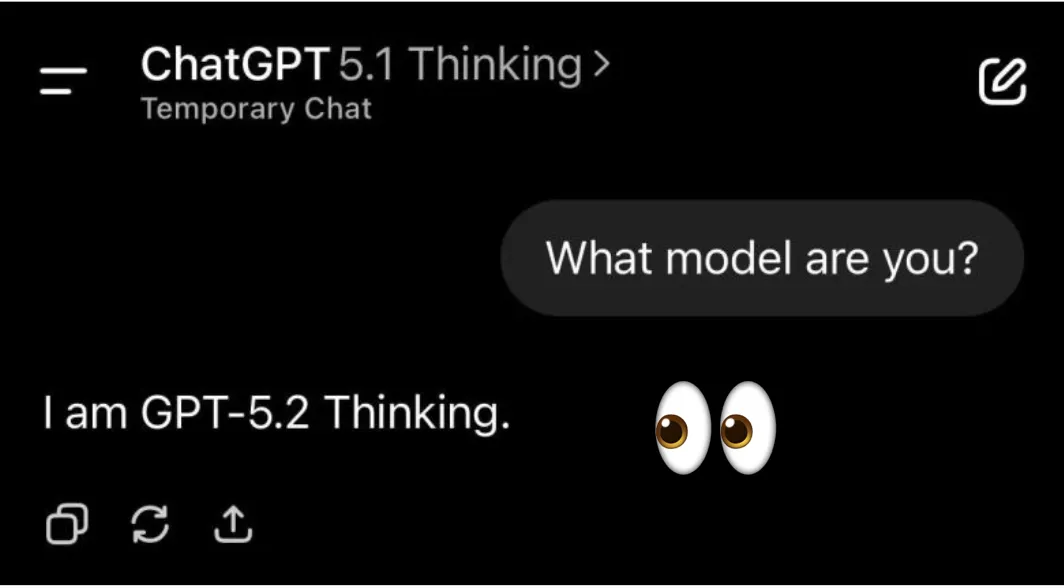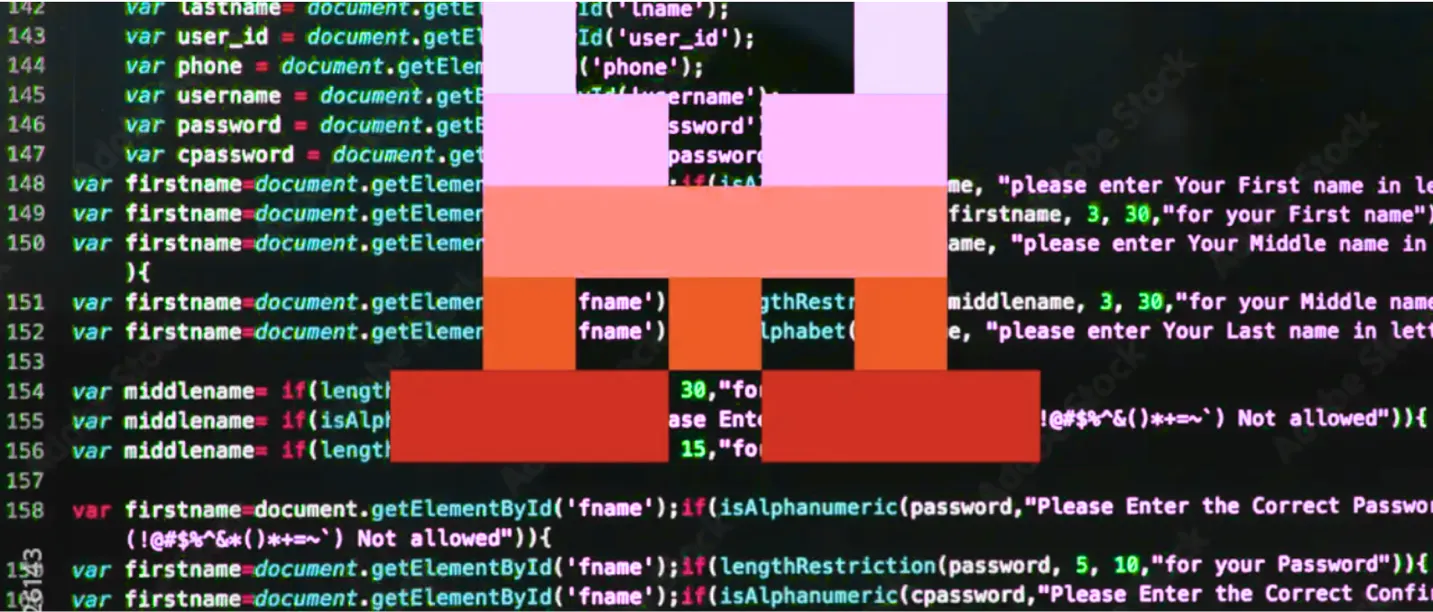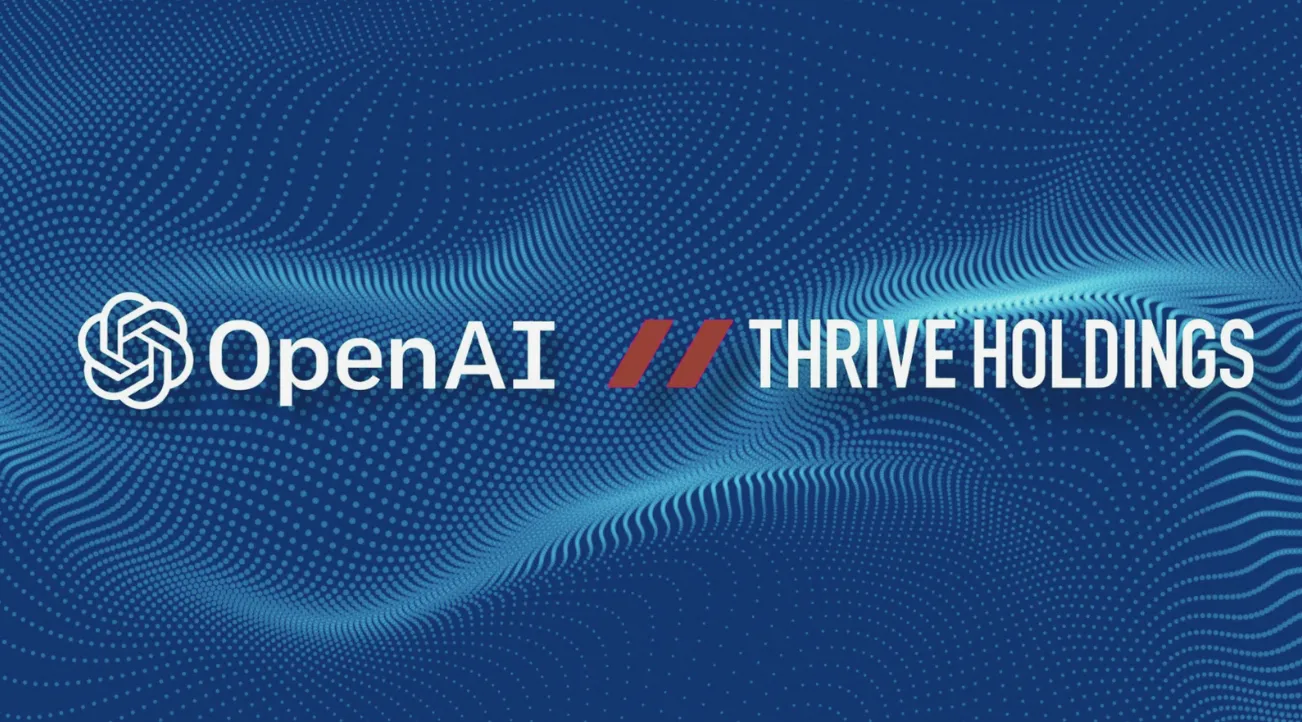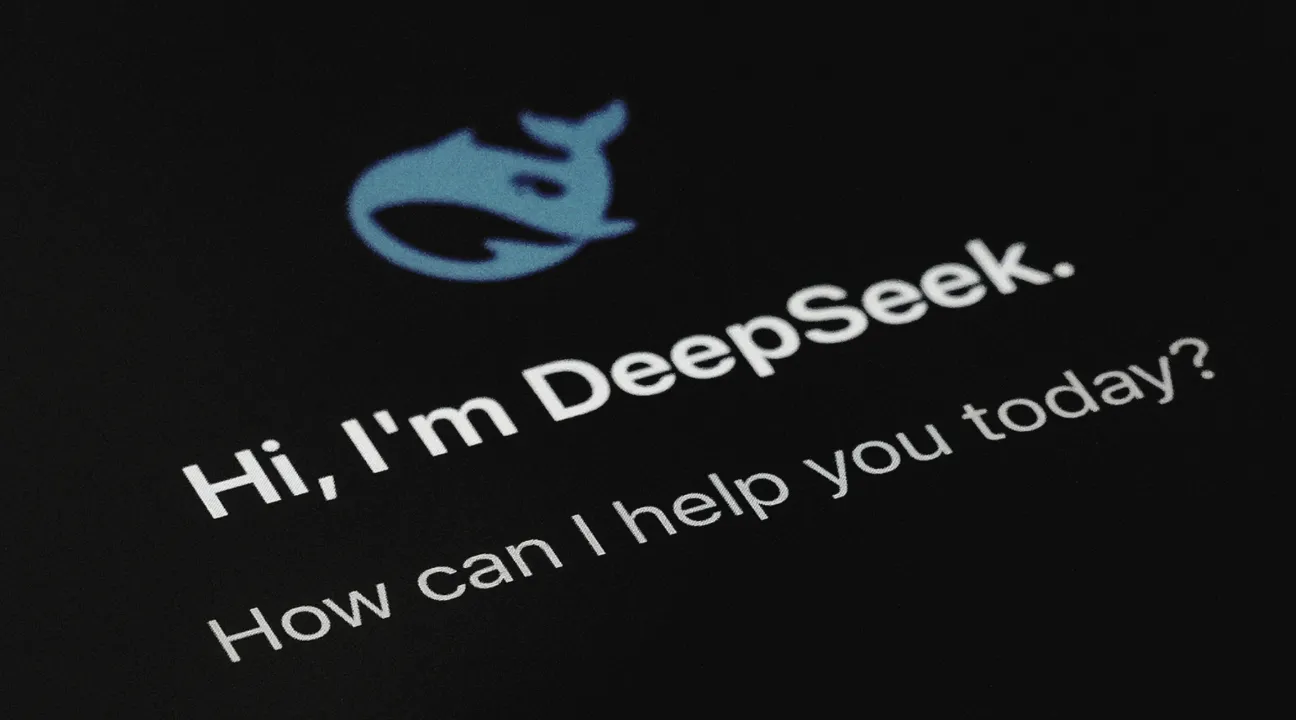 Author: Boxu Li
Author: Boxu Li
Introduction
Not long ago, creating software or automating a workflow meant you needed programming skills or an IT team. In 2025, that paradigm has flipped. No-code AI platforms now let anyone build powerful workflows and applications through visual interfaces and plain language, without writing a single line of code. The appeal is huge – in fact, about 75% of businesses recognize no-code automation as a major competitive advantage, yet many are still stuck doing repetitive tasks by hand because they haven't adopted these tools fully. Traditional automation solutions often require specialized developers and long project timelines. Now, a marketer or operations manager with no coding background can string together AI services, databases, and apps using drag-and-drop tools or natural language prompts. The result is a dramatic democratization of innovation: automation is no longer the exclusive domain of software engineers.
This trend is reshaping workforces and strategies worldwide. Gartner predicts that by 2025, "citizen developers" (non-programmers building apps) will outnumber professional developers by 4-to-1 in large enterprises. In other words, the majority of software solutions may soon be created by business users themselves. We're already seeing a surge in no-code adoption across regions: a recent analysis noted that in Asia-Pacific, China and India lead with about 65% adoption of no-code/low-code platforms, whereas Japan lagged at under 5% – prompting Japanese organizations to ramp up efforts to catch up. Globally, over 60% of organizations were using some form of no-code/low-code as of 2021, and that number has only grown. Industry forecasts estimate the no-code/low-code market will reach $35–37 billion by 2030, underlining how pervasive these platforms will become.
Why is no-code automation so in demand? Simply put, it solves two critical problems: the need for speed, and the shortage of tech talent. First, building software traditionally takes months or years, but no-code tools let teams deliver in days or weeks. Visual builders, pre-made components, and AI assistance accelerate development by an order of magnitude. One study found developers can create applications up to 10 times faster using low-code platforms compared to traditional coding. Similarly, Forrester Research reported that no-code/low-code platforms can reduce development time by 60–80% on average. This compression of timelines means businesses can respond quickly to market changes, seize opportunities, or fix internal bottlenecks in a fraction of the time it used to take. Second, no-code empowers organizations to make software without hiring armies of developers – a crucial benefit in an era where skilled software engineers are expensive and in short supply. By enabling existing staff (analysts, project managers, domain experts) to create their own solutions, companies alleviate the load on IT departments. In fact, 82% of organizations say that allowing custom development outside of IT has become crucial, as it helps overcome IT backlogs and spreads innovation throughout the company. No-code is essentially a force multiplier for productivity: more people contributing to building solutions, and doing so much faster than before.
Key Benefits of No-Code AI Platforms
- Accelerated Time-to-Market: Speed is the name of the game in digital business. No-code platforms massively shorten development cycles. With intuitive interfaces and ready-made templates, a functional app or workflow can often be built in hours once the requirements are defined. This means companies can test ideas and roll out new services at a blistering pace. For example, a financial services firm could prototype a new customer onboarding process in a single afternoon using a no-code tool, whereas coding it from scratch might take weeks. One survey of IT leaders found 80% believe low-code/no-code cuts application delivery time by at least half, which can be the difference between beating competitors to market or falling behind. In today's fast-moving environment, that agility is priceless.
- Lower Development Costs: Time is money, and by saving time, no-code saves money too. But it's not just faster delivery – it's also about who is delivering. No-code means you don't need to hire an expensive developer for every new app or automation; your existing team can often do it. This directly reduces labor costs for development and also slashes the "opportunity cost" of waiting on long IT queues. Maintenance costs drop as well, since many no-code platforms handle hosting, updates, and security patches as part of their service. Research indicates that organizations using no-code/low-code have saved millions in development and maintenance expenses, especially when they have multiple projects in flight. By democratizing development, no-code lets companies do more with the team they have, which is a huge cost advantage. It also mitigates the risk of tech talent turnover – if your only Salesforce developer leaves, for instance, you're stuck, but if a no-code system is used, many people can understand and modify the workflows.
- Empowers Citizen Developers & Boosts Innovation: Perhaps the most exciting benefit is how no-code tools unleash the creativity of non-technical experts. Business users from marketing, HR, finance, etc., who best understand the problem, can now also build the solution. This leads to highly relevant innovations and a culture of experimentation. A marketing manager can automate a campaign workflow exactly to her team's needs without going through a long IT project; an HR specialist can create an employee onboarding chatbot tailored to common questions. This empowerment changes the innovation dynamic in a company. Gartner's prediction of a 4:1 ratio of citizen devs to traditional devs highlights that we're entering a era of mass participation in software creation. When more brains are working on improving processes, the volume of ideas and solutions grows. No-code platforms also often have low risk sandboxes, so citizen developers can try things out quickly. The result: a faster pace of innovation and problem-solving. We've seen banks, for example, where loan officers built their own workflow for tracking approvals, drastically cutting turnaround time because they knew exactly what features were needed. That kind of ground-level innovation is hard to achieve in a top-down IT-only model.
- Bridging the IT Gap & Better Collaboration: No-code doesn't eliminate IT – rather, it creates a bridge between technical and non-technical teams. The best implementations see IT departments governing and guiding no-code efforts (to ensure security and integration standards), while business users build the front-end logic. This alignment means fewer miscommunications about requirements, since the end users themselves have a hand in building the solution. It also frees IT professionals to focus on complex, mission-critical projects (like core systems and infrastructure), instead of being swamped by a backlog of minor app requests. As a result, companies become more collaborative. A product team might whip up a dashboard via no-code and then ask IT to connect it to the enterprise database – a much more efficient dynamic than writing a spec document and waiting months for a developer. By leveraging no-code as a common language, organizations break down silos between "the business" and "IT." Many early adopters report that this has improved project success rates and employee satisfaction, because people feel they have more control over the tools they use.
- Scalability and Flexibility: Today's no-code platforms are not toys – they are built to scale. Whether you need to onboard 10 users or 10,000, the underlying infrastructure (often cloud-based) can usually handle it by design. This means a solution built with no-code can grow with your business. Also, these platforms often integrate easily with other systems through APIs and offer extensibility for developers to add custom code if needed, providing a path to handle more complex requirements. For instance, you might start with a no-code CRM workflow, and as needs get more sophisticated, your developers can plug in a custom analytics module to the no-code platform. Flexibility is another hallmark: because it's easy to modify no-code apps, companies can iterate rapidly. If a process changes, a non-technical admin can update an automated workflow in minutes through a visual editor, rather than submitting a change request for a developer. This responsiveness means your automation always reflects your current business process, not last quarter's.
Real-World Examples: The impact of no-code AI automation is evident across industries and geographies. Let's look at a few illustrative cases:
- Manufacturing/Operations (USA): The Coca-Cola Bottling Company needed a better way to manage its vending machine operations and inventory tracking. Instead of coding a solution from scratch, they turned to a low-code platform. In short order, they built an app that automated cartridge replacement workflows and provided real-time inventory data, significantly reducing manual errors and boosting operational efficiency. The automated system not only saved employee time, but also improved decision-making because managers had up-to-the-minute data on inventory levels across the fleet. This example shows how even large enterprises can use no-code/low-code to streamline complex physical-world processes (like restocking vending machines) with minimal IT involvement.
- Government/Public Sector (Japan): During the COVID-19 pandemic, the City of Kobe faced the urgent task of communicating with citizens and administering emergency support programs. With in-person processes disrupted, they quickly developed a suite of low-code applications to automate these workflows. The result was that residents received real-time updates on relief measures, automated answers to common inquiries, and faster service delivery for things like special cash payments. All of this was deployed in a fraction of the time a traditional development project would take, which was critical in a crisis scenario. Kobe's success demonstrates that no-code tools can be leveraged by the public sector to respond agilely to citizens' needs – even a municipal government without a huge software team can create apps when empowered with the right platform.
(Additional examples abound: Virgin Atlantic used low-code to revamp its customer feedback management, speeding up responses and improving passenger satisfaction; Medtronic, a healthcare firm, automated compliance workflows via low-code to reduce administrative overhead. Across domains, no-code is delivering tangible wins.)
Overcoming Challenges
No technology is without its challenges, and no-code adoption does require thoughtful governance. One concern often raised is the risk of "shadow IT." If anyone can build an app, how do you ensure it's secure, compliant, and doesn't conflict with other systems? The answer lies in establishing clear guidelines and oversight. Many organizations create a center of excellence for no-code, where IT provides guardrails (e.g. templates, security reviews, approved toolsets) but still enables business users to innovate freely within those boundaries. Modern no-code platforms are also addressing these concerns by offering enterprise admin features: for instance, central dashboards for IT to monitor all apps built, role-based access control, and compliance certifications. In fact, the collaboration between business and IT we mentioned as a benefit is exactly what mitigates shadow IT – when both sides work together, you get the best of creativity and control. Another challenge is ensuring people are properly trained to use the tools effectively. This is usually overcome with minimal upskilling, since no-code tools are designed to be user-friendly, and many vendors provide excellent online training resources.
We should also note that no-code doesn't fit every scenario. Highly complex, core software (like an engine control system for an aircraft, or a high-frequency trading platform) still requires traditional development. But importantly, no-code isn't here to eliminate code; it's here to eliminate drudgery. It takes the routine, repetitive development work off engineers' plates and empowers domain experts to handle it, while engineers focus on the thorny, innovative projects that truly require their expertise. For the vast majority of business applications – internal dashboards, forms, approval workflows, data analysis, simple mobile apps, and more – no-code is more than sufficient and far more efficient.
The Future of No-Code AI: As AI gets integrated into no-code platforms (so that you can literally describe what you want in natural language and have the platform build it), we're heading toward an era of even greater accessibility. Already some no-code automation tools have AI assistants that can generate workflow rules or suggest optimizations. This synergy of AI and no-code will further lower the barrier to entry, potentially allowing anyone with an idea to spin up an app or automation just by conversing with the platform. For businesses, this means the floodgates of innovation open even wider. We will see a growing culture of experimentation – when the cost (in time and money) to try a new solution is near zero, people are willing to try more ideas, some of which will become game-changers.
In the United States, no-code is fueling a startup boom where founders without technical backgrounds can create MVPs (minimum viable products) and launch businesses. In Asia, no-code is helping companies leapfrog, allowing them to digitize processes rapidly even in countries where there's a shortage of software developers. The playing field is leveling: a savvy team in Seoul or Singapore with a great idea can implement it without waiting to hire scarce coders, and a small business in Los Angeles can automate its entire e-commerce workflow using a no-code toolkit subscribed online.
Conclusion
No-code AI automation is more than a tech trend – it's a fundamental shift in how technology is created and who gets to create it. By empowering all sorts of professionals to become part-time developers, organizations unlock an immense well of ingenuity. The speed and cost advantages are compelling, but the cultural impact is perhaps even greater: no-code fosters a mindset that problems can be solved proactively by those who experience them, without always handing them off to someone else. This results in faster fixes, more tailored solutions, and employees who feel more ownership of their tools and processes.
The momentum behind no-code and low-code is only increasing. As one indicator, an average enterprise or government department is expected to deploy dozens of no-code applications annually in the coming years – a testament to how mainstream this approach is becoming. We are approaching a future where "everybody is a developer," in the sense that creating a custom app might be as common as creating a PowerPoint deck. Companies that embrace this movement stand to benefit from unparalleled agility and grassroots innovation. They'll be less bottlenecked by IT constraints and more able to adapt in real time.
In summary, no-code AI platforms are democratizing innovation. They enable U.S. businesses to iterate faster and Asian enterprises to scale solutions despite talent gaps – all by making automation accessible to all. By adopting no-code tools and nurturing citizen developers, organizations can cultivate an innovation engine that runs on the collective creativity of their people. In a world where change is constant, those that leverage no-code will be far better equipped to respond and thrive. The power to build is no longer confined to the few; it's in everyone's hands, and that is a very good thing for the future of work.












